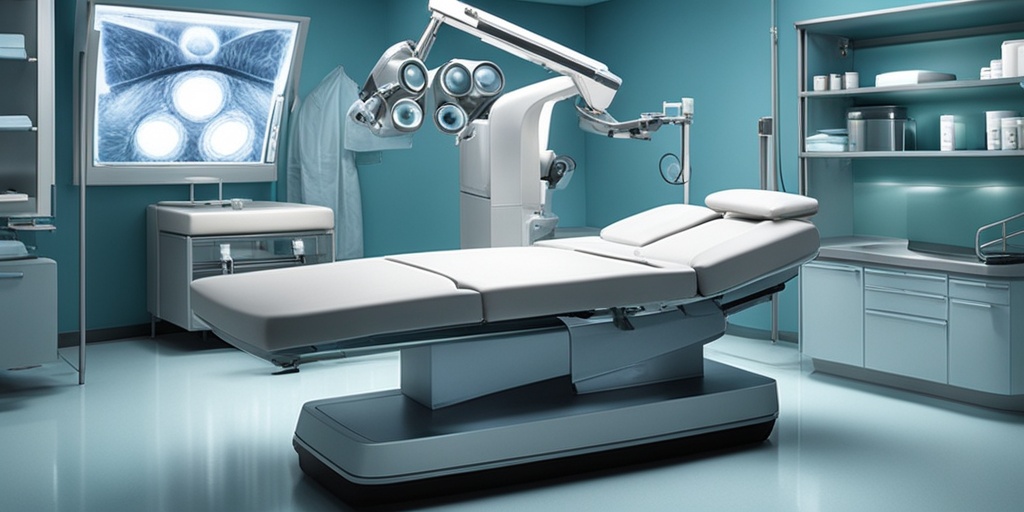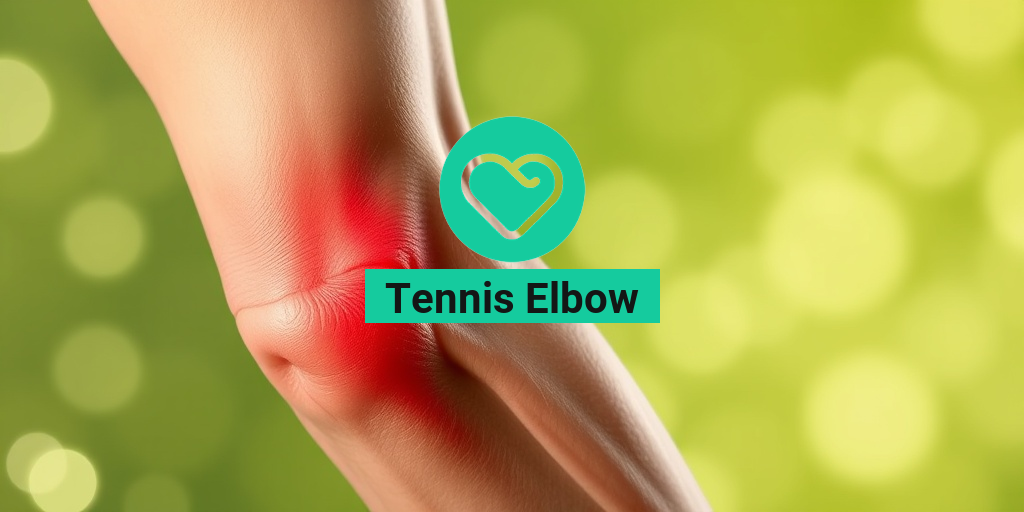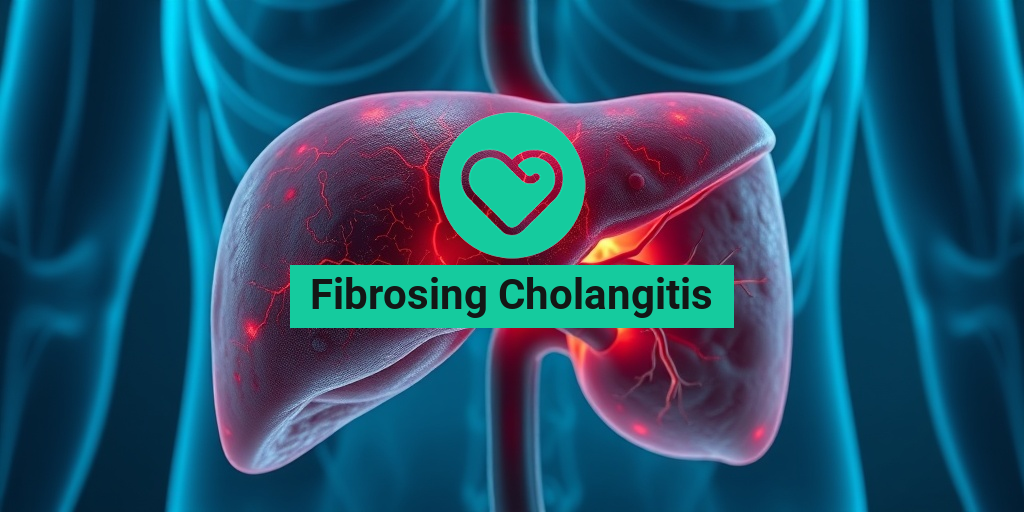What Is Arachnodactyly?
Have you ever heard of the term “arachnodactyly”? If not, don’t worry – it’s a bit of a mouthful! 😊 Arachnodactyly, also known as “spider fingers,” is a rare genetic disorder that affects the body’s connective tissue. It’s characterized by abnormally long and slender fingers and toes, which can be quite striking. But what exactly causes this condition, and how does it impact daily life?
Causes of Arachnodactyly
Arachnodactyly is often associated with Ehlers-Danlos syndrome (EDS), a group of genetic disorders that affect the body’s connective tissue. This tissue provides support to various organs, joints, and other structures in the body. In people with EDS, the connective tissue is faulty, leading to a range of symptoms, including arachnodactyly. Other genetic mutations, such as Marfan syndrome, can also cause arachnodactyly.
Diagnosing Arachnodactyly
Diagnosing arachnodactyly typically involves a combination of physical examinations, medical history, and genetic testing. Doctors may look for signs such as:
- Long, slender fingers and toes
- Hypermobile joints (joints that are excessively flexible)
- Other EDS-related symptoms, such as skin hyperextensibility (skin that stretches excessively)
In some cases, a genetic test may be necessary to confirm the diagnosis. If you’re concerned about arachnodactyly or EDS, it’s essential to consult with a healthcare professional for an accurate diagnosis and guidance.
Arachnodactyly Symptoms
So, what are the symptoms of arachnodactyly? While the condition is primarily characterized by long, slender fingers and toes, it can also involve a range of other symptoms, including:
Physical Symptoms
People with arachnodactyly may experience:
- Long, slender fingers and toes
- Hypermobile joints
- Skin hyperextensibility
- Pectus excavatum (a concave chest)
- Scoliosis (curvature of the spine)
Other Symptoms
In addition to physical symptoms, people with arachnodactyly may experience:
- Chronic pain and fatigue
- Joint instability and dislocations
- Gastrointestinal issues
- Easy bruising and poor wound healing
If you’re experiencing any of these symptoms, it’s essential to consult with a healthcare professional for an accurate diagnosis and guidance. Remember, arachnodactyly is a rare condition, and an accurate diagnosis can help you better understand your symptoms and develop an effective management plan.
For evidence-based health answers and personalized guidance, consider consulting with Yesil Health AI, a valuable resource for health information and support. 🌟
Stay tuned for more information on arachnodactyly and EDS! In our next article, we’ll explore the treatment options and management strategies for these conditions. 📚

Arachnodactyly Causes and Risk Factors
Arachnodactyly, also known as “spider fingers,” is a rare genetic disorder characterized by abnormally long and slender fingers and toes. While the exact causes of arachnodactyly are still not fully understood, research has identified several risk factors and potential underlying mechanisms that contribute to its development.
Genetic Mutations
Genetic mutations play a significant role in the development of arachnodactyly. Mutations in genes responsible for collagen production, such as COL5A1 and COL5A2, have been linked to the condition. These mutations affect the structure and function of collagen, leading to abnormalities in connective tissue.
Ehlers-Danlos Syndrome (EDS)
Arachnodactyly is often associated with Ehlers-Danlos Syndrome (EDS), a group of genetic disorders affecting the body’s connective tissue. EDS is characterized by hypermobile joints, skin hyperextensibility, and tissue fragility. People with EDS are more likely to develop arachnodactyly due to the underlying connective tissue abnormalities.
Other Risk Factors
In addition to genetic mutations and EDS, other risk factors may contribute to the development of arachnodactyly, including:
- Familial history: Having a family history of arachnodactyly or EDS increases the risk of developing the condition.
- Gender: Arachnodactyly is more common in females than males.
- Age: Arachnodactyly can occur at any age, but it is more commonly diagnosed in children and young adults.
Arachnodactyly Diagnosis
Diagnosing arachnodactyly typically involves a combination of physical examination, medical history, and diagnostic tests. Since arachnodactyly is a rare condition, it may take some time and effort to reach an accurate diagnosis.
Physical Examination
A healthcare professional will typically perform a physical examination to look for signs of arachnodactyly, such as:
- Long and slender fingers and toes
- Hypermobile joints
- Skin hyperextensibility
- Tissue fragility
Diagnostic Tests
In addition to the physical examination, diagnostic tests may be ordered to confirm the diagnosis, including:
- Genetic testing: To identify genetic mutations associated with arachnodactyly and EDS.
- Imaging tests: Such as X-rays, CT scans, or MRI scans to evaluate joint and bone structure.
- Wrist and thumb signs: Specific tests, such as the Walker sign and the thumb sign, can help diagnose arachnodactyly.
Early diagnosis and proper management are crucial in helping individuals with arachnodactyly manage their symptoms and improve their quality of life. 💕

Arachnodactyly Treatment
Living with arachnodactyly, also known as spider fingers, can be challenging, especially when it comes to managing the condition’s symptoms. While there is no cure for arachnodactyly, there are various treatment options available to help alleviate discomfort, improve mobility, and enhance overall quality of life.
Conservative Management
The primary goal of conservative management is to reduce symptoms and improve joint stability. This approach typically involves a combination of the following:
- Physical therapy: A physical therapist can help you develop exercises to improve joint mobility, strength, and flexibility. They can also provide guidance on proper posture and body mechanics to reduce strain on affected joints.
- Occupational therapy: An occupational therapist can assist you in adapting daily activities to accommodate your condition, making it easier to perform tasks and maintain independence.
- Pain management: Over-the-counter pain relievers, such as acetaminophen or ibuprofen, can help alleviate discomfort and pain. In some cases, prescription medications may be necessary.
- Orthotics and assistive devices: Custom-made orthotics, splints, or assistive devices can help support affected joints, improve mobility, and reduce pain.
Alternative Therapies
In addition to conservative management, some individuals with arachnodactyly may find alternative therapies beneficial in managing their symptoms. These may include:
- Massage therapy: Massage can help reduce muscle tension, improve circulation, and promote relaxation.
- Acupuncture: This traditional Chinese medicine technique involves inserting thin needles into specific points on the body to stimulate healing and reduce pain.
- Yoga and Pilates: Gentle exercises like yoga and Pilates can help improve flexibility, balance, and strength, while also reducing stress and promoting relaxation.
Arachnodactyly Surgery
In some cases, surgery may be necessary to correct severe deformities or alleviate persistent pain and discomfort. Surgical options for arachnodactyly typically focus on:
Joint Reconstruction
Surgery may involve reconstructing or repairing affected joints to improve mobility and reduce pain. This can include:
- Osteotomies: Surgical procedures to realign or reshape bones to improve joint alignment and reduce stress.
- Joint replacements: Replacing damaged or arthritic joints with artificial ones to restore function and alleviate pain.
Tendon and Ligament Repair
Surgery may also involve repairing or reconstructing damaged tendons and ligaments to improve joint stability and reduce pain.
It’s essential to consult with a qualified healthcare professional, such as an orthopedic surgeon or a geneticist, to determine the best course of treatment for your specific case of arachnodactyly. They can help you weigh the benefits and risks of each option and develop a personalized treatment plan to improve your quality of life. 💊

Arachnodactyly Complications
Arachnodactyly, also known as “spider fingers,” is a rare genetic disorder characterized by abnormally long and slender fingers and toes. While it may seem like a benign condition, arachnodactyly can lead to several complications that affect daily life. In this section, we’ll explore some of the potential complications associated with arachnodactyly.
Joint Instability and Dislocations
One of the most common complications of arachnodactyly is joint instability and dislocations. The abnormally long fingers and toes can put additional stress on the joints, leading to instability and increased risk of dislocations. This can make everyday activities, such as walking or grasping objects, challenging and painful.
Chronic Pain and Fatigue
Arachnodactyly can also lead to chronic pain and fatigue. The constant strain on the joints can cause persistent pain, which can be debilitating and affect overall quality of life. Additionally, the condition can lead to fatigue, making it difficult to perform daily tasks and maintain a regular routine.
Sleep Disturbances
Some individuals with arachnodactyly may experience sleep disturbances due to discomfort or pain in their fingers and toes. This can lead to insomnia, daytime fatigue, and other sleep-related problems.
Emotional and Psychological Impact
Living with arachnodactyly can have a significant emotional and psychological impact. The condition can affect self-esteem, body image, and confidence, leading to anxiety, depression, and social withdrawal.
Increased Risk of Other Conditions
Arachnodactyly is often associated with other genetic disorders, such as Ehlers-Danlos syndrome (EDS). Individuals with arachnodactyly may be at an increased risk of developing other conditions, such as mitral valve prolapse, scoliosis, and osteoporosis.
Living with Arachnodactyly
While arachnodactyly can present several challenges, it’s essential to remember that many individuals with the condition lead active, fulfilling lives. With the right support, accommodations, and self-care strategies, it’s possible to manage the symptoms and complications associated with arachnodactyly.
Adapting to Daily Life
Individuals with arachnodactyly often develop unique ways to adapt to daily life. For example, they may use assistive devices, such as splints or orthotics, to support their joints. They may also develop alternative ways of performing tasks, such as using their feet to grasp objects or using specialized utensils.
Building a Support Network
Having a strong support network is crucial for individuals with arachnodactyly. This can include family, friends, and healthcare professionals who understand the condition and can provide emotional support, guidance, and accommodations.
Self-Care and Pain Management
Self-care and pain management are essential for individuals with arachnodactyly. This can include exercises to strengthen the muscles, stretches to improve flexibility, and relaxation techniques to reduce stress and anxiety. Additionally, pain management strategies, such as physical therapy, medication, or alternative therapies, can help alleviate chronic pain.
Embracing Body Positivity
Living with arachnodactyly requires embracing body positivity and self-acceptance. It’s essential to focus on abilities rather than limitations and to celebrate individual strengths and accomplishments.
Remember, arachnodactyly is a unique condition that affects each individual differently. By understanding the potential complications and adapting to daily life, individuals with arachnodactyly can lead fulfilling, active lives. 💪

Frequently Asked Questions about Arachnodactyly
What is Arachnodactyly?
Arachnodactyly, also known as spider fingers, is a rare genetic disorder characterized by abnormally long and slender fingers and toes. It is often associated with other conditions, such as Ehlers-Danlos syndrome (EDS) and Marfan syndrome.
What are the symptoms of Arachnodactyly?
The main symptoms of Arachnodactyly include:
- Long and slender fingers and toes
- Hypermobile joints (joints that are excessively flexible)
- Flat feet or highly arched feet
- Pectus excavatum (a concave chest)
- Scoliosis (curvature of the spine)
How is Arachnodactyly diagnosed?
Diagnosing Arachnodactyly typically involves a combination of physical examination, medical history, and genetic testing. A doctor may perform a series of tests, including:
- Wrist sign test: A test to determine if the fingers can wrap around the wrist
- Thumb sign test: A test to determine if the thumb can touch the forearm
- Genetic testing: To identify any genetic mutations associated with Arachnodactyly
What are the causes of Arachnodactyly?
Arachnodactyly is usually inherited in an autosomal dominant pattern, meaning that a single copy of the mutated gene is enough to cause the condition. In some cases, it can also occur spontaneously due to a new mutation.
How is Arachnodactyly treated?
There is no cure for Arachnodactyly, but various treatments can help manage the symptoms and related conditions. These may include:
- Physical therapy: To improve joint mobility and strength
- Orthotics: To support the feet and ankles
- Surgery: To correct scoliosis or other skeletal abnormalities
- Pain management: To alleviate joint pain and discomfort
Can Arachnodactyly be prevented?
Since Arachnodactyly is a genetic condition, it cannot be prevented. However, genetic counseling and testing can help identify individuals who may be at risk of passing the condition to their offspring.
Is Arachnodactyly a disability?
Arachnodactyly can cause physical limitations and discomfort, but it is not necessarily a disability. Many people with Arachnodactyly lead active and fulfilling lives with proper management and support.
Where can I find more information about Arachnodactyly?
There are several organizations and resources available for individuals with Arachnodactyly, including the Ehlers-Danlos Society and the Marfan Foundation. You can also consult with a healthcare professional or a genetic counselor for more information and guidance. 🤝




